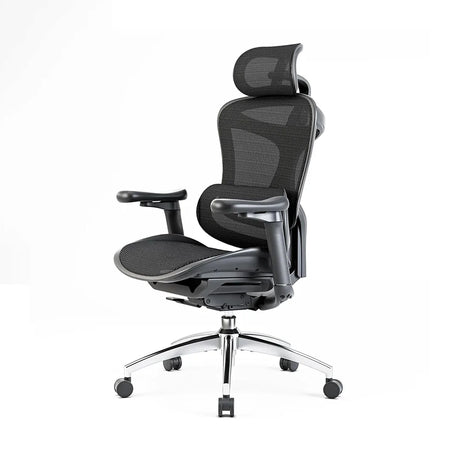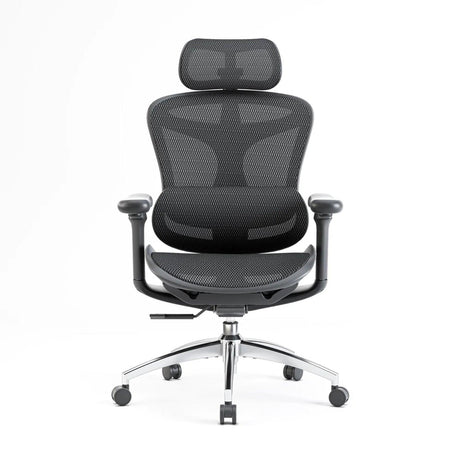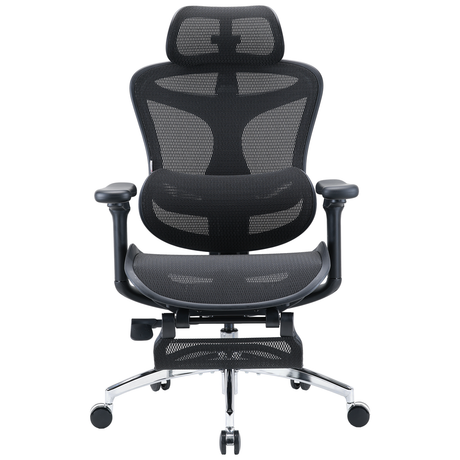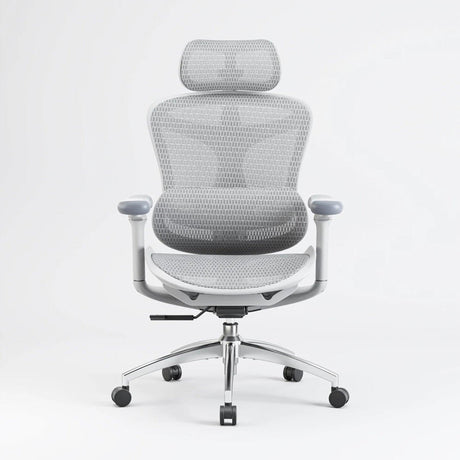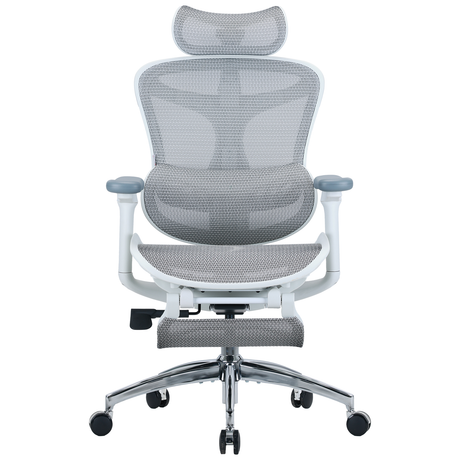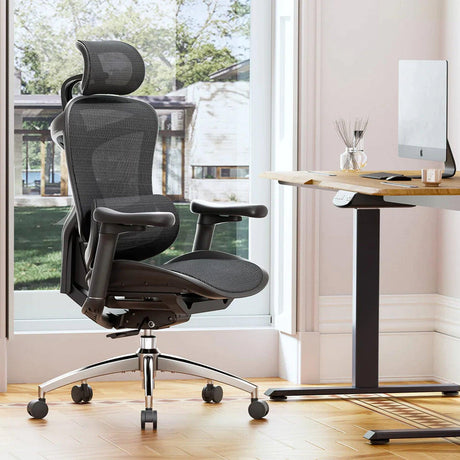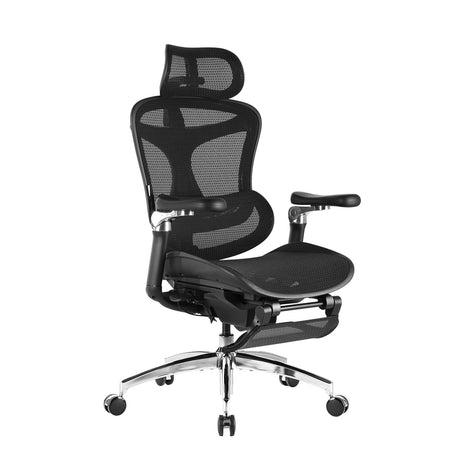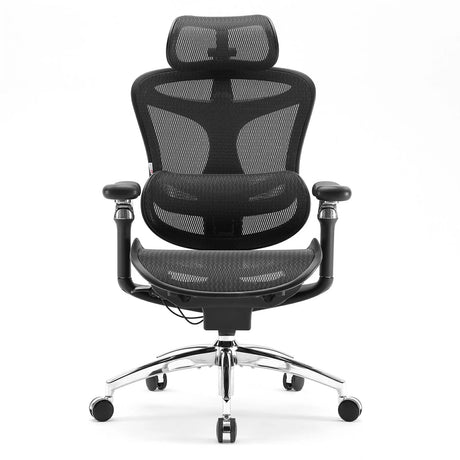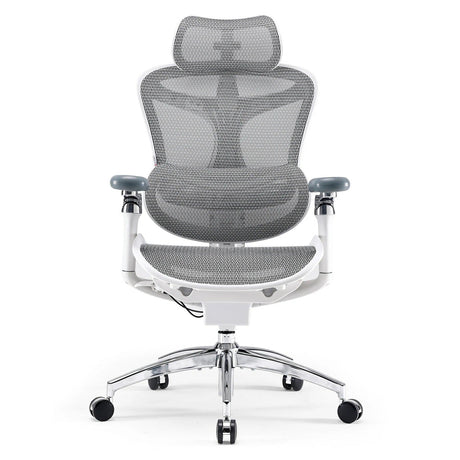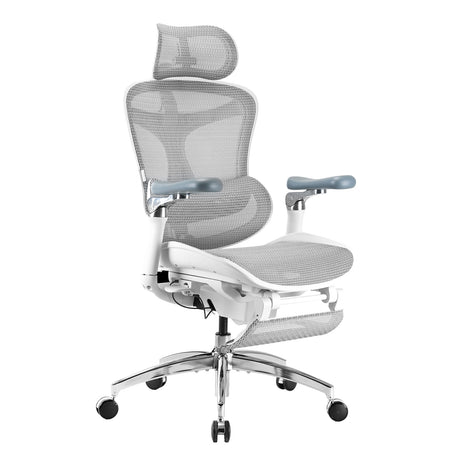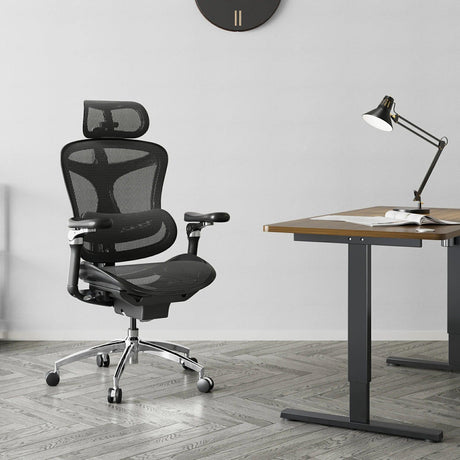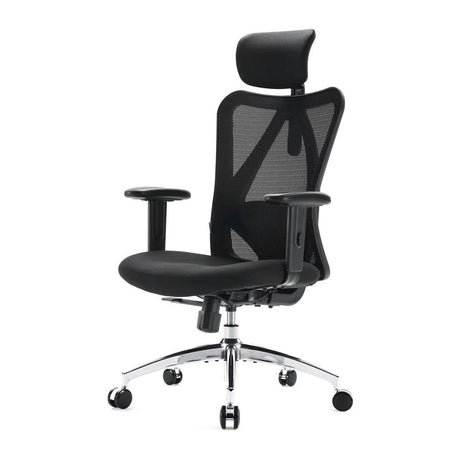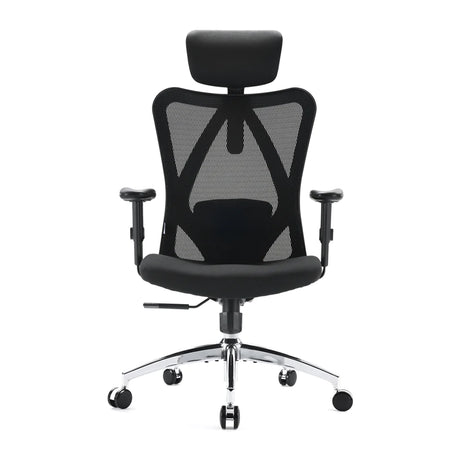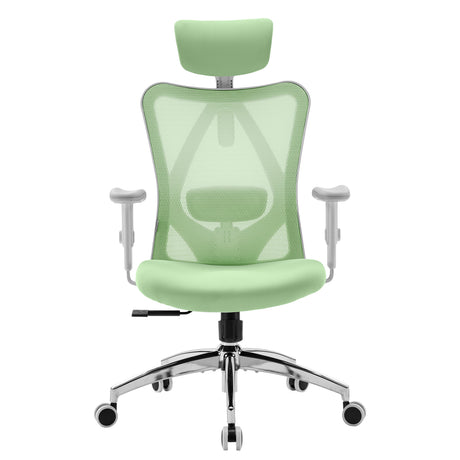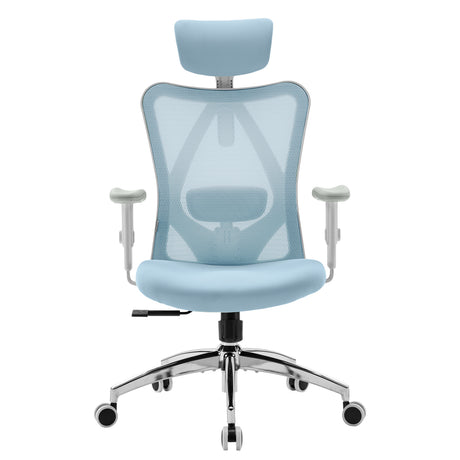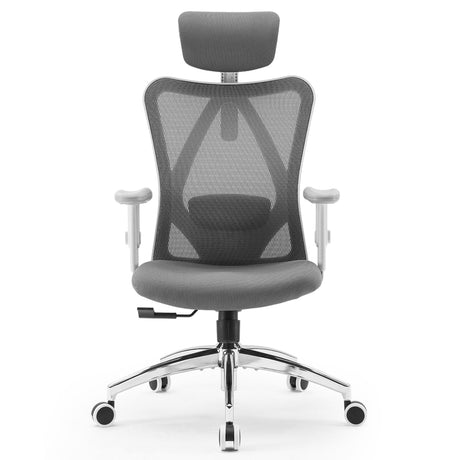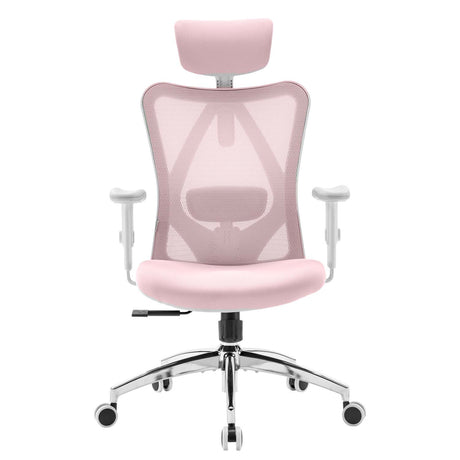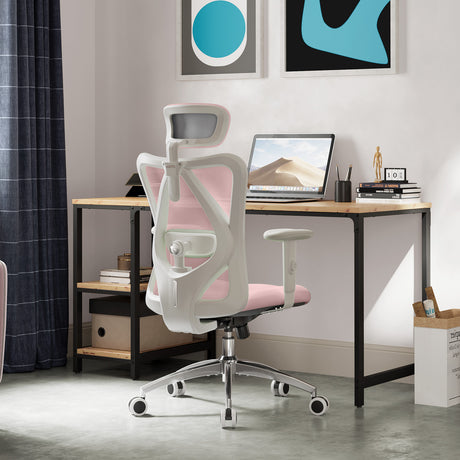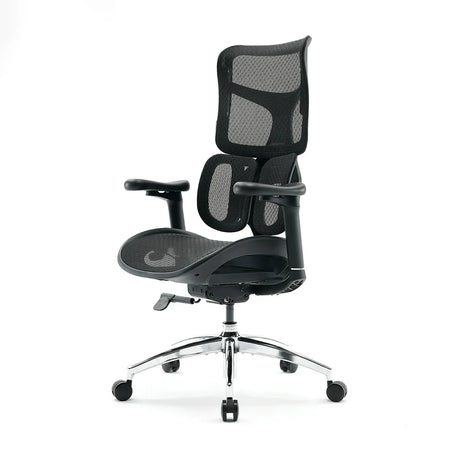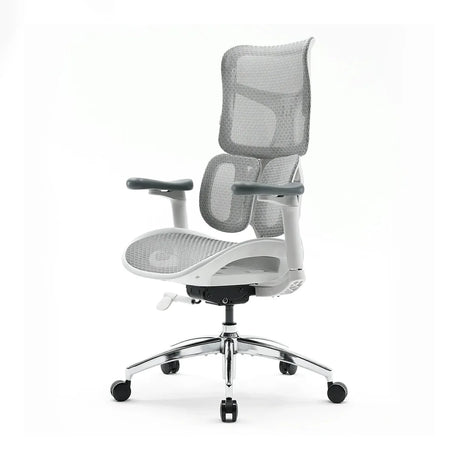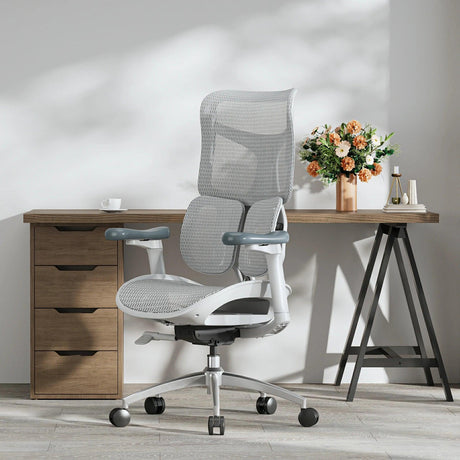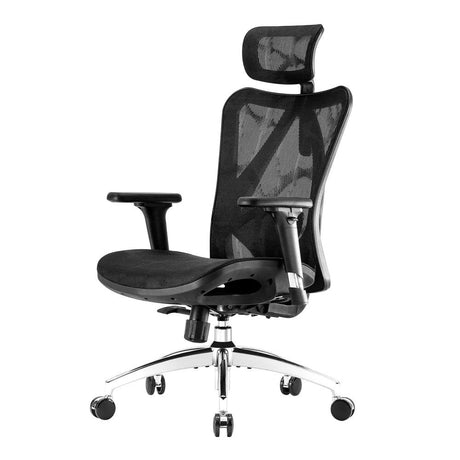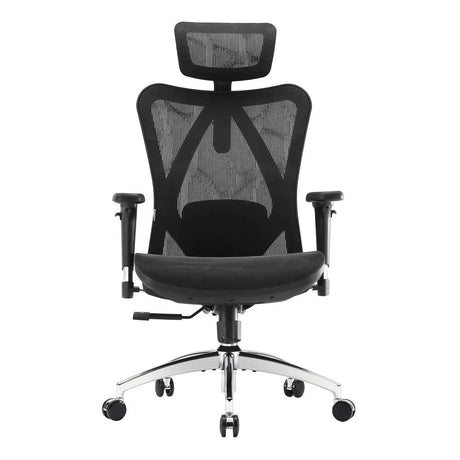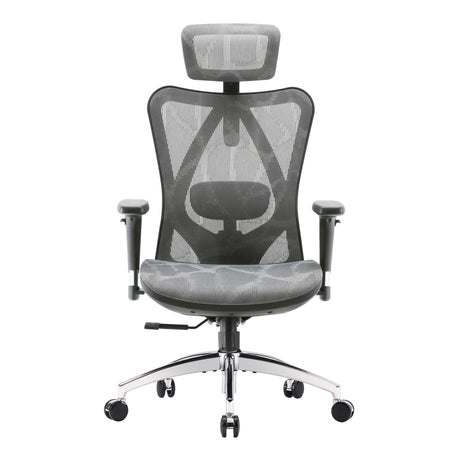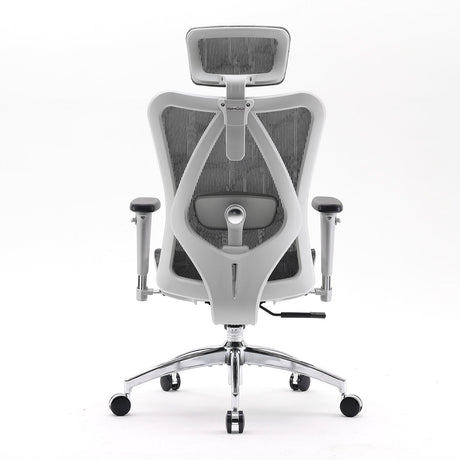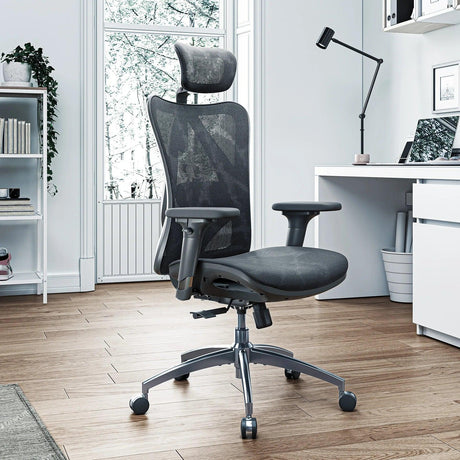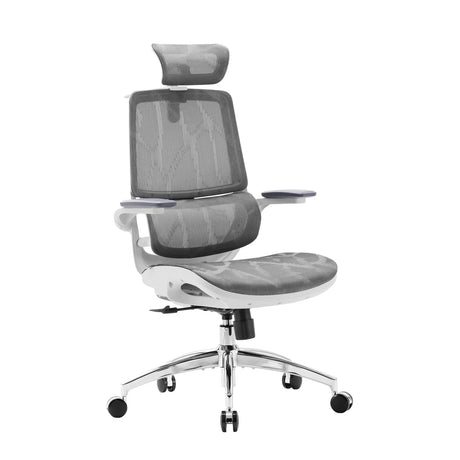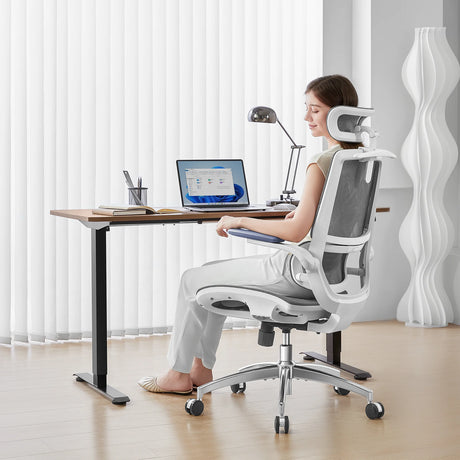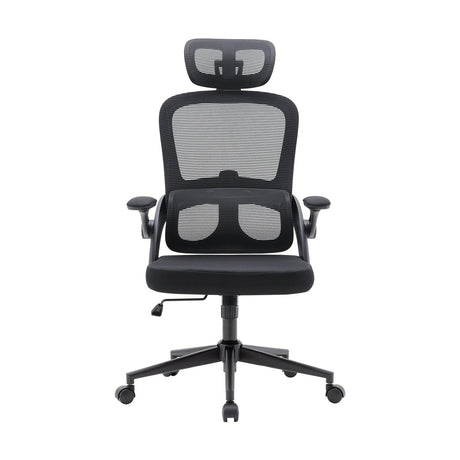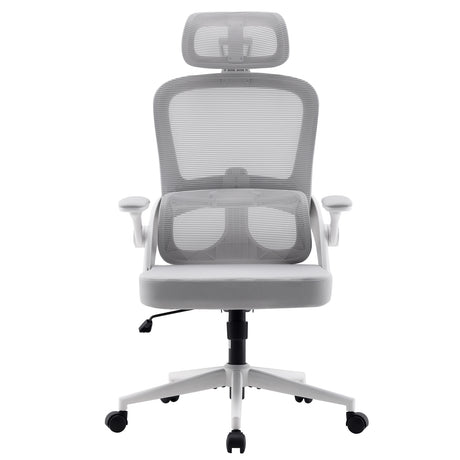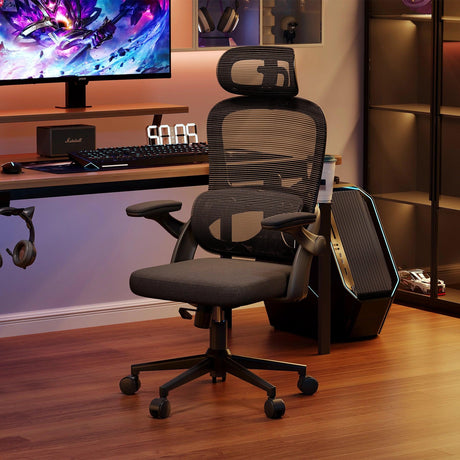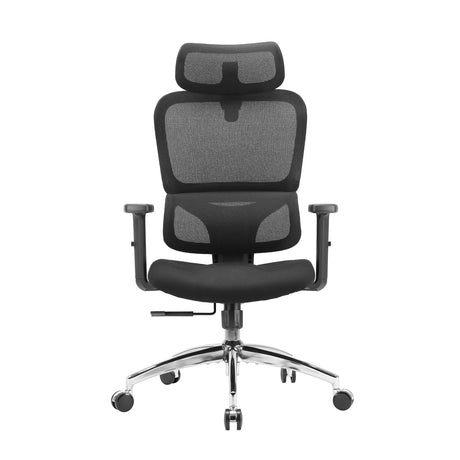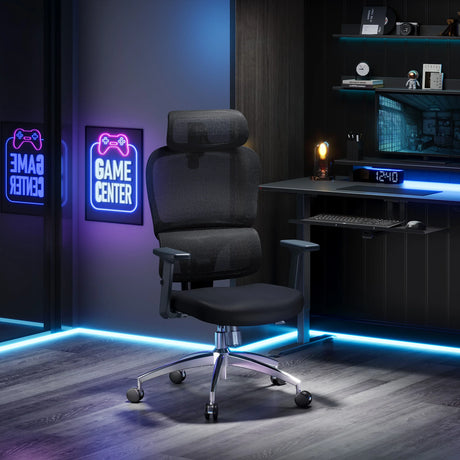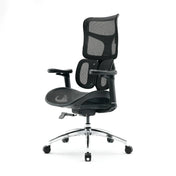When it comes to office ergonomics, the little things make a big difference. Among these, the headrest on your chair often gets overlooked—until it starts causing discomfort. You may be wondering, are headrests supposed to go behind your neck? The short answer is: no, not exactly. A properly designed and adjusted headrest should support the back of your head, not your neck. But let’s break that down a bit further.
What Is the Purpose of a Headrest?
A headrest on an office chair is designed to support your head and sometimes your upper neck, especially when reclining or taking a break from an upright posture. It’s not intended to cradle your neck like a travel pillow. Instead, it serves several important ergonomic functions:
- Promotes spinal alignment
- Reduces strain on the cervical spine
- Provides relief during reclining
- Encourages healthy posture habits
When used correctly, a headrest helps maintain a natural curve in your cervical spine without forcing your head forward or pushing awkwardly against your neck.
So, Where Should It Actually Sit?
The ideal headrest placement depends on your height, the chair's design, and how you sit. Generally, here’s how it should align:
- The headrest should touch the back of your head, around the occipital bone, not push against your neck.
- Your head should be able to rest lightly on the headrest while keeping your chin parallel to the ground.
- There should be no forward pressure that causes your neck to bend or tilt awkwardly.
If the headrest is hitting your neck, it’s likely too low. If it’s not providing any support at all, it may be too high or too far back.
Common Mistakes with Headrest Positioning
Many people get headrest use wrong—not because they’re lazy, but because it’s not intuitive. Here are some common issues:
1. Using It While Leaning Forward
Headrests are for support while reclining, not while leaning into your keyboard. If you're in a forward working posture, your head will naturally move away from the headrest.
2. Adjusting It Too Low
A low-positioned headrest ends up pressing into the neck, which can strain muscles instead of relaxing them. It can also push your head forward, disrupting the natural spinal alignment.
3. Using It All the Time
Your head should remain in an active position while you're working upright. Constant reliance on the headrest during focused tasks may weaken neck muscles over time.
How to Adjust a Headrest Correctly
Whether your ergonomic office chair has a fixed or adjustable headrest, getting it into the right position is crucial. Here’s a step-by-step guide:
- Sit back fully in your chair, allowing your back to rest against the lumbar support.
- Adjust the height of the headrest so that the cushioned area supports the back of your head.
- If the headrest tilts, angle it so it matches the curve of your head, not your neck.
- When reclining, your head should naturally land on the headrest without effort or strain.
What Happens If the Headrest Hits Your Neck?
If your headrest is pushing into your neck, you may experience:
- Neck stiffness
- Headaches
- Muscle tension
- Imbalanced posture
This type of pressure may encourage a forward head posture—something that’s increasingly common in today’s digital world and a known contributor to long-term musculoskeletal problems.
Do You Even Need a Headrest?
Not everyone uses or needs a headrest, especially during active work sessions. However, it can be incredibly beneficial during breaks or when reclining. It’s particularly helpful for:
- People with chronic neck tension
- Individuals who spend long hours sitting
- Reclining during meetings, reading, or thinking
Chairs like the Sihoo Doro C300 Pro and Sihoo Doro C300 are examples of ergonomic office chairs with adjustable headrests that allow users to customize height and angle, making them adaptable to different body types and work modes.
Choosing the Right Chair with the Right Headrest
If you're in the market for an ergonomic chair, don’t treat the headrest as an afterthought. Look for:
- Height adjustability
- Angle adjustability
- Sturdy, cushioned support
- Design that complements lumbar and shoulder support
A well-integrated headrest will support your posture, especially if you alternate between upright and reclining positions throughout the day.
Final Thoughts: Headrests Belong Behind the Head, Not the Neck
So, back to the big question: Are headrests supposed to go behind the neck? No—they should be positioned behind your head, with just enough support to take pressure off the neck without pushing your head forward or downward.
Used properly, a headrest can enhance your ergonomic setup and relieve upper spine tension during breaks. But if it's incorrectly positioned, it can cause more harm than good. Take the time to adjust your headrest to fit your unique posture and proportions—your spine will thank you.

